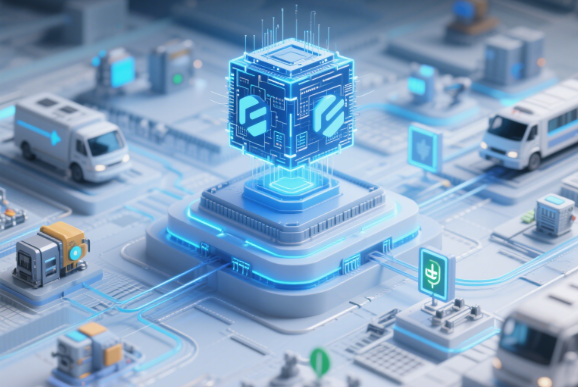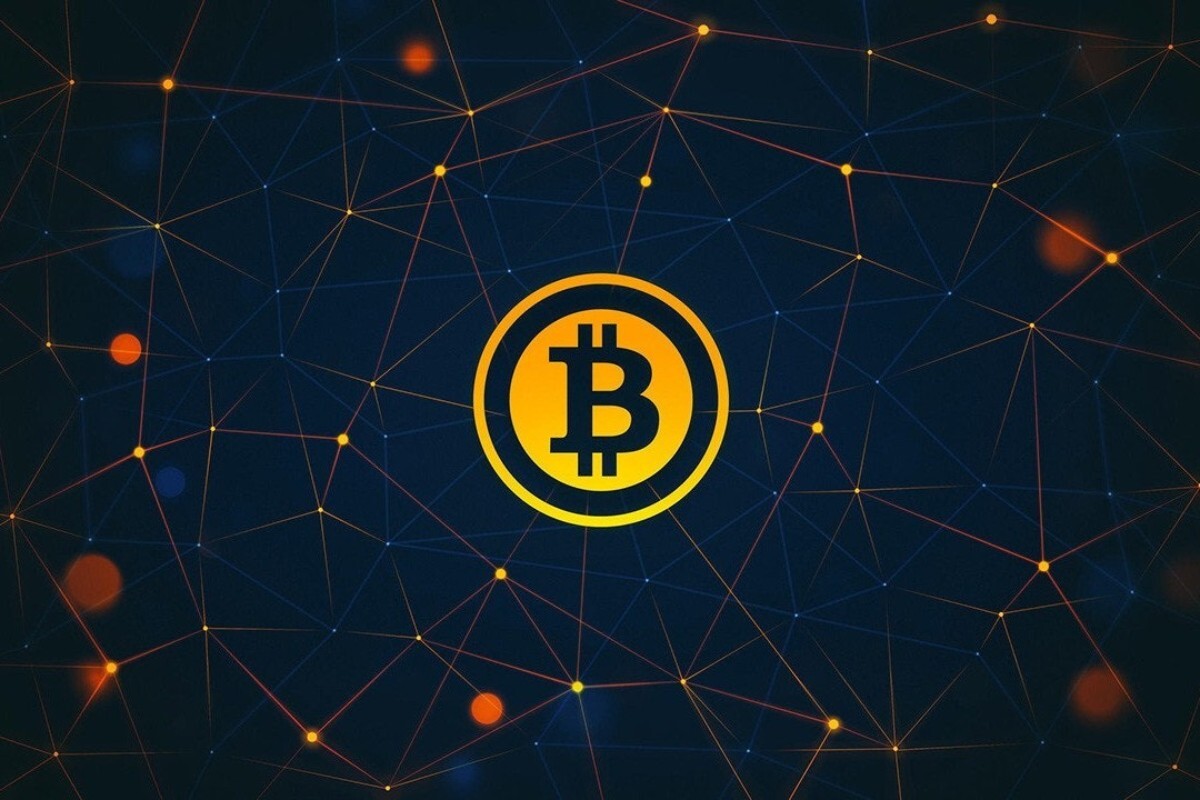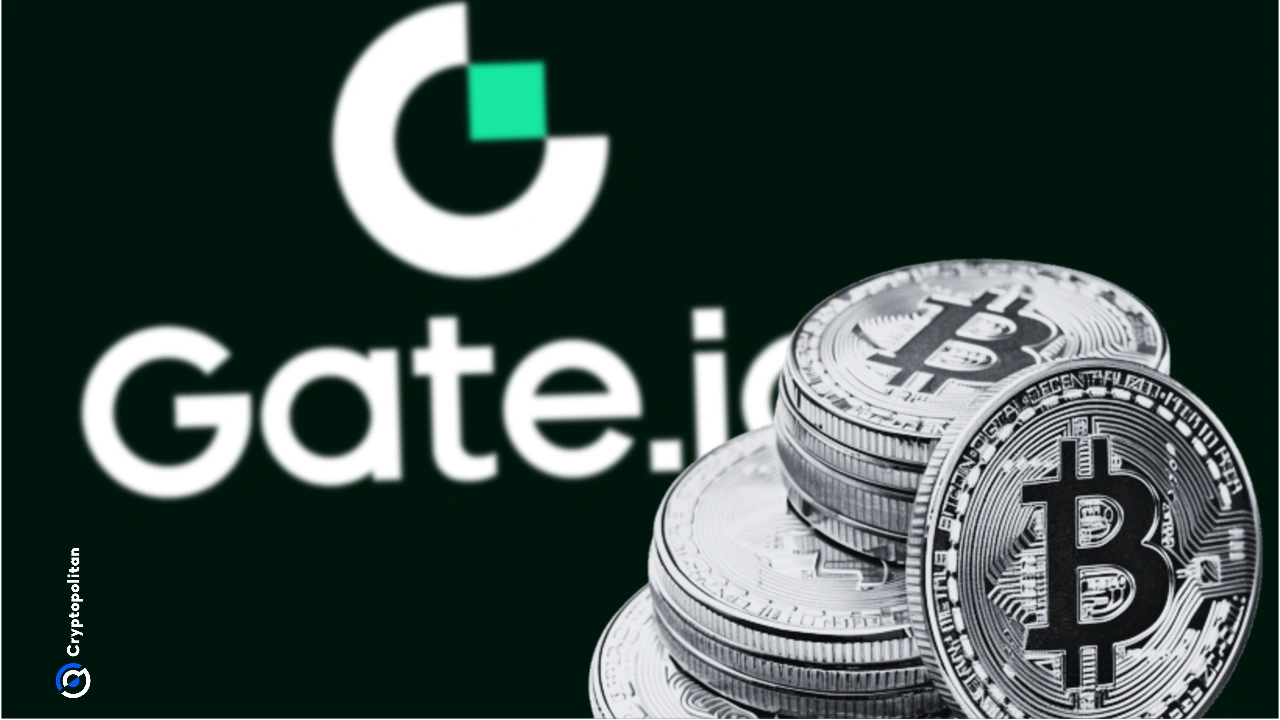In the ever-evolving world of Bitcoin and cryptocurrencies, countless emerging trends vie for investors' attention. Among these narratives, a concept known as DePIN (Decentralized Physical Infrastructure Network) is quietly rising, increasingly recognized as one of the most underrated trends. Have you ever wondered why this concept could hold unprecedented significance in the future of the crypto economy? Today, we’ll delve into DePIN’s definition, operational mechanisms, potential application scenarios, and investment opportunities, providing you with insights into this exciting and opportunistic new segment.
What is DePIN?
In simple terms, DePIN refers to a network that utilizes blockchain technology to connect and manage physical assets (like devices, vehicles, energy systems, etc.). Unlike traditional physical infrastructure that relies on centralized management, DePIN operates on a decentralized model that grants every participant equal say and economic benefit within the network. This approach not only reduces operational costs but also enhances asset utilization efficiency, contributing significantly to sustainable development.

Core Components of DePIN
Decentralization: The hallmark of DePIN is its decentralized nature, meaning no single entity can control all the resources and data within the network. Instead, all participants have the opportunity to collaboratively make decisions and manage resources, ensuring transparency and fairness.
Digitization of Physical Infrastructure: DePIN digitizes physical assets using blockchain technology, encompassing devices, vehicles, and even real estate. This allows participants to trade directly on the blockchain, eliminating intermediaries.
Economic Incentive Mechanisms: To attract user participation, DePIN networks often establish economic incentives that promote resource sharing and utilization. These incentives usually exist in the form of native tokens, which users earn by contributing assets or participating in governance.
Application Scenarios of DePIN
DePIN's potential applications are vast. Here are a few noteworthy areas to consider:
Smart Transportation: In smart transportation systems, DePIN can connect various types of vehicles and manage their use. By utilizing smart contracts for vehicle sharing, real-time scheduling, and resource management, it enhances transportation efficiency and reduces waste.

Energy Management: Through DePIN, power generation and consumption facilities can be interconnected on the blockchain, allowing consumers to procure energy directly from producers while promoting the use of clean energy. Users can also receive economic rewards for their active participation in energy management.
Smart Logistics: In logistics and supply chain management, DePIN can provide real-time tracking of goods and offer transparent information to all parties involved. This transparency not only boosts logistics efficiency but significantly reduces the risk of fraud.
Advantages of DePIN
Why is DePIN viewed as an underrated narrative in the crypto space? Let’s explore its key advantages:
Cost Reduction and Efficiency Enhancement: By eliminating intermediaries and lowering management costs, DePIN can yield higher profits for participants at reduced fees.
Transparency and Security: The transparency offered by blockchain ensures that every transaction is traceable, guaranteeing the system's security and reliability.

Promotion of Sustainable Development: By improving resource efficiency and fostering the development of clean energy, DePIN contributes to the achievement of sustainability goals.
Investment Opportunities and Challenges in DePIN
As an emerging trend, DePIN attracts increasing attention from investors, but the potential risks and challenges must not be overlooked.
Market Competition: As the DePIN concept becomes more popular, numerous projects will emerge in the market. Investors need to carefully assess each project's technical credibility, market demand, and team background to avoid pitfalls.
Regulatory Risks: Regulatory clarity regarding cryptocurrencies and blockchain technology varies across countries, and policy changes can impact relevant projects.
Technical Barriers: DePIN relies on complex technological infrastructures, including blockchain and smart contracts. Investors should possess a certain level of technical knowledge to comprehend a project's core value.
Conclusion
In summary, DePIN, as a decentralized physical infrastructure network, showcases immense potential through its unique advantages and broad application scenarios. This sector is gradually forming a new narrative that is attracting increasing attention and investment. In an era characterized by information overload, understanding DePIN and its operational mechanisms presents an unprecedented opportunity for every crypto investor. We hope this article helps you better grasp DePIN, kickstart your investment journey, and seize the limitless potential offered by this most underrated narrative in the crypto space.
















No comments yet